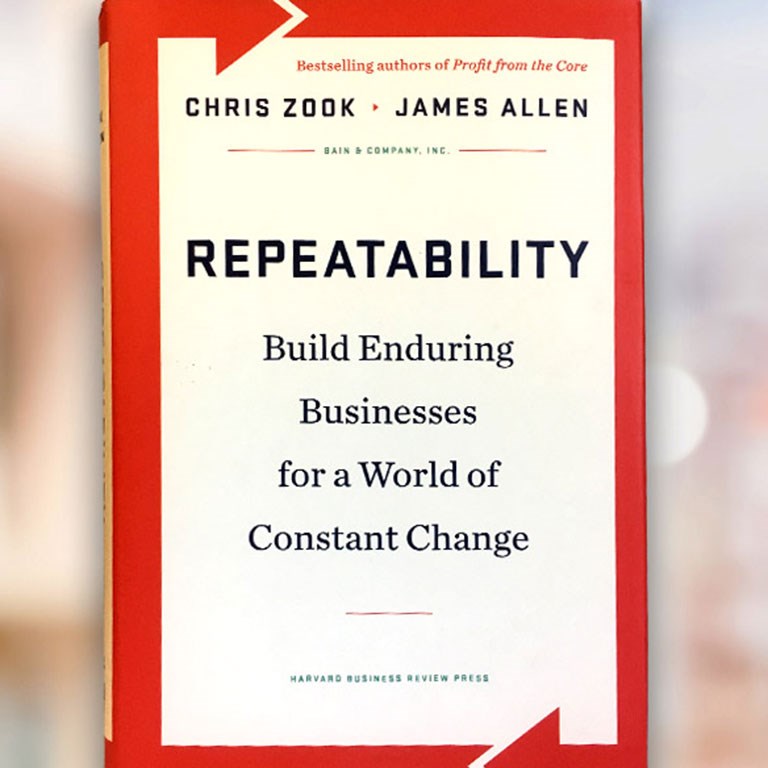Founder's Mentality Blog
I should have been a doctor. In our work on Profit from the Core, Chris and I ended up in many conversations around “mortality rates” for companies. We even put together actuarial tables! With our work on Repeatability and Founder’s MentalitySM, we are now having a lot of discussions about how leaders can increase the “metabolic rates” of their organizations—a much healthier topic than mortality, but still rooted in the medical realm.
The reason we talk about “metabolic rates” is that many CEOs say the biggest issue their companies face is a lack of urgency. As a CEO in the UK recently admitted, his team is simply too comfortable. “We have strong market positions; we know the bottom won’t drop out on us. So we operate at a sluggish pace, and I know that every day, we’re not acting on dozens of opportunities.” Despite the pain, many are wary about pulling the big re-organization lever. Such rearrangements of org charts and reporting relationships “just launch another wave of internal navel-gazing where everyone worries about themselves and their colleagues, and stops looking after the customers,” one CEO warns.
In keeping with the medical analogies, the CEOs talk about more “surgical” actions: narrow interventions that lead to big impact. We’ve been collecting examples of these surgical interventions. One relates to how some CEOs draw lines in the sand and design interventions for when those lines are crossed. Here’s the story from one:
“When I joined the company, the last thing I wanted to do was re-organize. The team had already gone through multiple re-organizations; people were weary. But I was concerned about the pace of decision-making. So I introduced a very simple idea. For our core products in our core markets, we would not lose share—ever. It was a line in the sand. If there was a loss of share, the full team responsible for that product or market segment had to get on a phone call with the management board during our Monday meeting and explain themselves. More importantly, they then had to appear at the next Monday call with a plan to re-gain share. And they would stay with us on those calls until they got results. It was not going to be pleasant.”
“For the first six months, we dealt with a lot of tough strategic issues, many of which had been festering for a while. We changed out a lot of team leaders in the process. But the word out pretty quickly that crossing that line of share loss wasn’t pleasant, and wasn’t always very good for your career. As a result, our teams started to be a lot more proactive about keeping share, growing share; doing anything they could to avoid seeing us at a Monday meeting.”
The notion of lines in the sand, if implemented correctly, is a good example of a surgical intervention because you can put it in place without re-designing a single part of the organization. Lines in the sand make it clear to the full organization that certain outcomes will not stand—such as the notion that organization won’t lose a point of share anywhere it decides is critical. Lines in the sand are important—and doctor recommended.

Repeatability
Learn more about how executives use Repeatable Models® to build enduring businesses.

Profit from the Core
Learn more about how companies can return to growth in turbulent times.